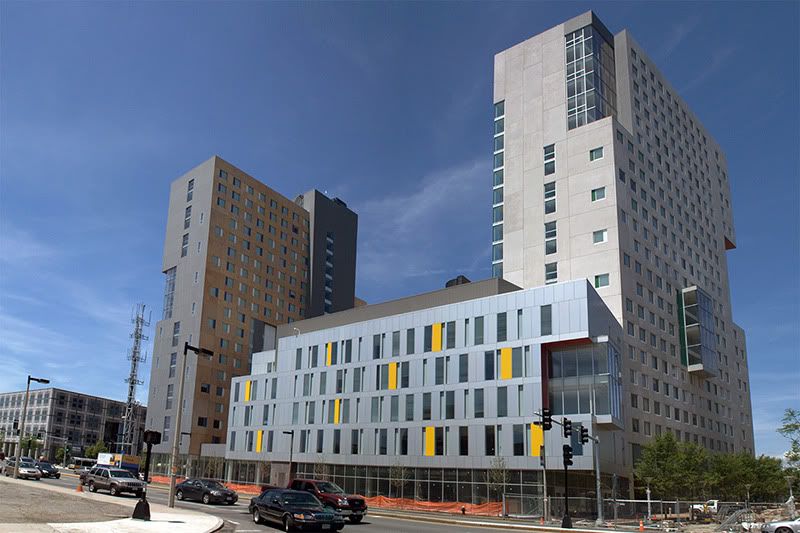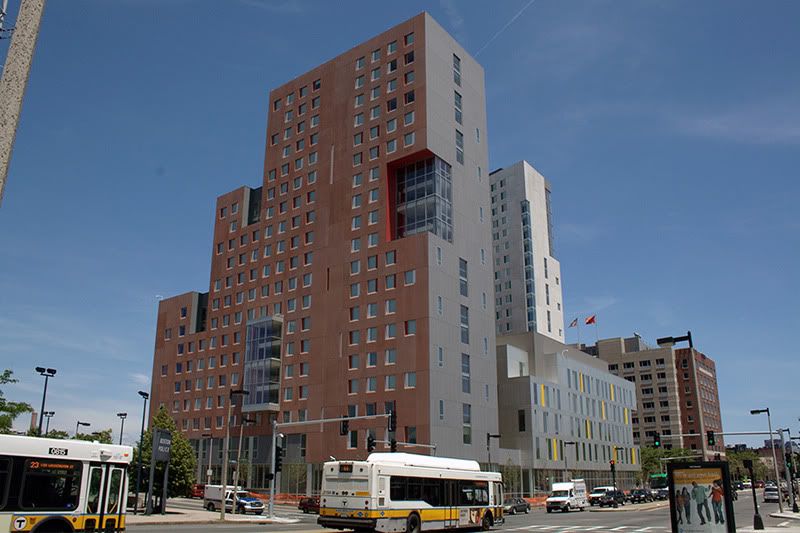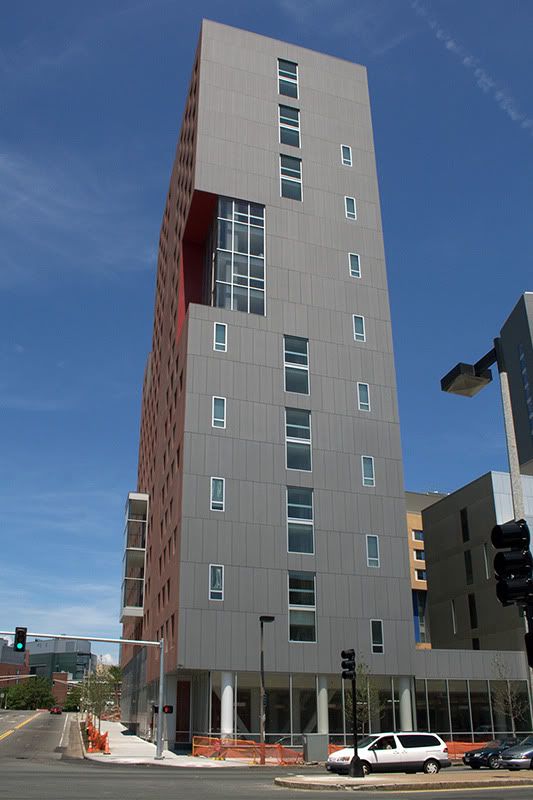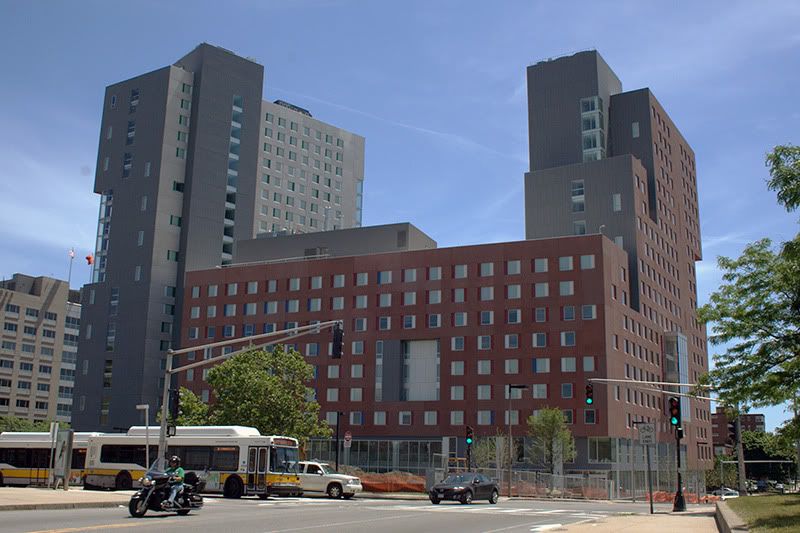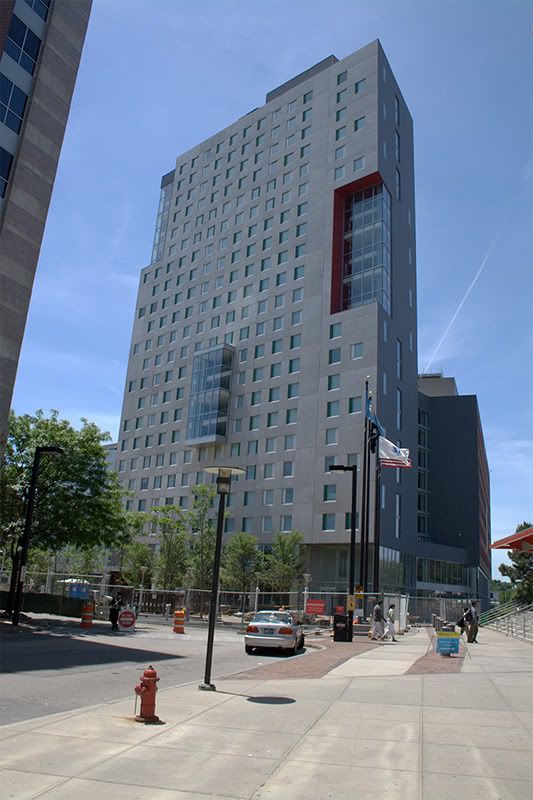- Joined
- May 25, 2006
- Messages
- 7,033
- Reaction score
- 1,865
I'm not saying they aren't, I'm just highly sensitive to Green Wash. I'm glad that NU is committed to sustainability but I just have to wonder about the quality of the materials used, as in, will they have to be replaced by more standard materials that are not as "green" when the "green" materials give out sooner?
As an example, in that first link is a picture of the new Cooper Union building in NYC which is touted as being LEED-whatever. Having taken a tour of the building I can say it is quite nice but one major feature, "skin" that moves during the day to offset the heat of the sun, is controlled by hundreds of electric motors and pneumatic pumps. When anyone one of those breaks the heat inside will rise. To offset this they had to install a standard HVAC system. Kinda defeats the purpose, no?
I'm all about sustainability but I hate Green Wash.
As an example, in that first link is a picture of the new Cooper Union building in NYC which is touted as being LEED-whatever. Having taken a tour of the building I can say it is quite nice but one major feature, "skin" that moves during the day to offset the heat of the sun, is controlled by hundreds of electric motors and pneumatic pumps. When anyone one of those breaks the heat inside will rise. To offset this they had to install a standard HVAC system. Kinda defeats the purpose, no?
I'm all about sustainability but I hate Green Wash.





